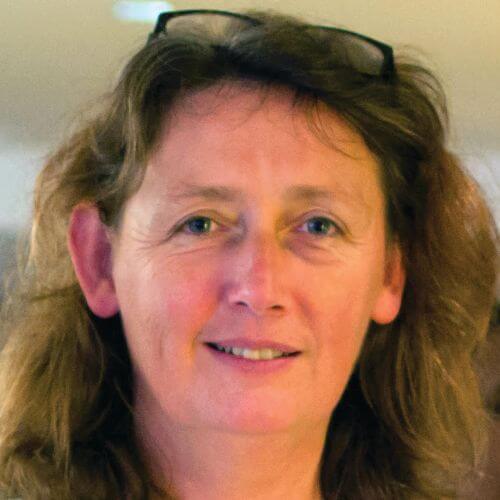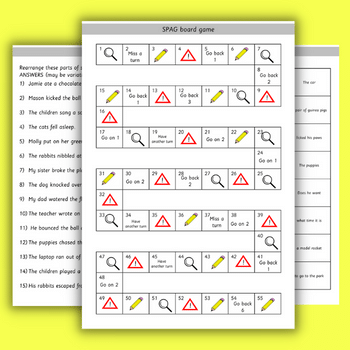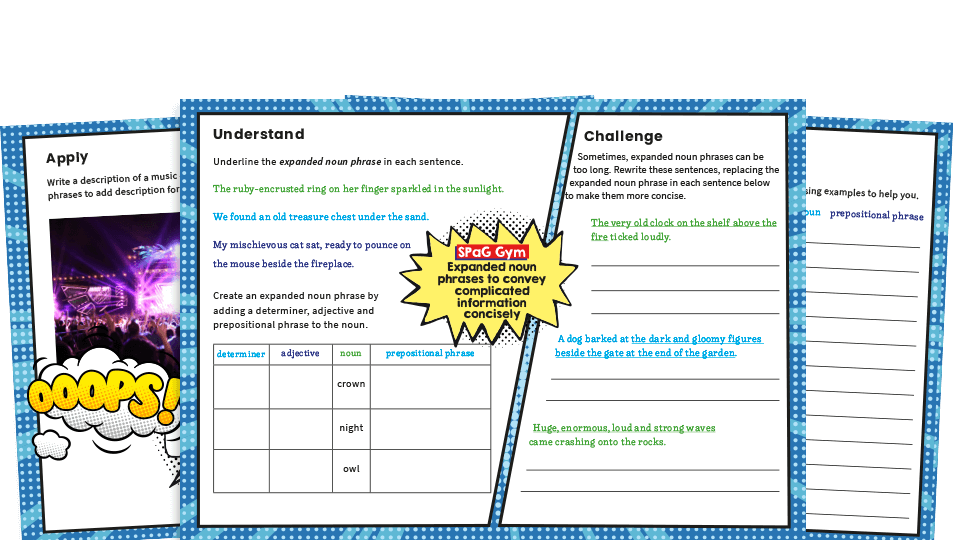SPaG – What it is and how to teach it consistently across your school

Sara Wernham explains how implementing a consistent and integrated SPaG programme can improve learning outcomes for every year group…

- by Sara Wernham

What is SPaG?
SPaG stands for spelling, punctuation and grammar. These are the basic foundations for writing. Without them it is difficult for children to take part in and access other subjects – at least not independently.
We generally don’t give as much thought and attention to teaching SPaG as we should. Our teaching, therefore, often lacks consistency, both in class and across year groups.
We should teach SPaG progressively across the whole school, building up children’s knowledge, consolidating what they know and applying it to the rest of their work.
How to teach SPaG
I was not taught much grammar myself growing up, so teaching it proved a steep, and – I have to say – an unexpectedly interesting, learning curve.
We often teach punctuation and grammar where they ‘fit in’ with other themes within literacy – “We’re writing descriptions this week, so we’ll mention adjectives.”
We should, however, see them as a subject in their own right, thus making teaching more likely to be consistent. ‘Systematic’ not ‘incidental’ punctuation and grammar are essential.
The progression in punctuation and grammar is not so obviously linear. You need to re-visit and build on concepts. You should introduce ideas in a logical manner and extend, revise and consolidate knowledge that you have already taught.
SPaG resources

Literacy resources website Plazoom’s SPaG Gym collection comprises bright, appealing worksheets covering the full punctuation and grammar national curriculum programme of study from Years 1-6, using an ‘understand, challenge, test, explain, apply’ approach.
Make the teaching of SPaG awesome with the Beano’s SPaG LOLz resources. Start with this lesson plan and worksheets for teaching homophones in KS2. There are 16 lesson plans in total.
The national curriculum stipulates some of this, but there are big gaps to fill if you decide on a do-it-yourself or ad hoc approach.
The easiest way to ensure your SPaG teaching is consistent is to use a published programme that works systematically. Other people have done the hard work of looking at the curriculum, organising what the children need to know, and producing resources for you.
“The easiest way to ensure your SPaG teaching is consistent is to use a published programme that works systematically”
The other important factor, of course, is that you, and all the other teachers, use the same programme.
The DfE has made much of the advantages of ‘fidelity’ to a scheme in recent years. This does promote consistency as you don’t use a bit from here, a bit from there, leave some things out entirely and possibly use conflicting approaches.
More useful resources
- Best offline and online SPaG games for schools
- Why the SPaG test belongs in Room 101
- Why some teachers lack the confidence to teach SPaG
- How to embed SPaG into history
Phonics for everyone
I find that often after the primary years, any consistent approach to spelling tails off. Teaching becomes more incidental – “We’re studying Romans so your spellings is a list of ten words you might need.”
Also, as children get older, we tend to ‘spell out’ words with letter names, rather than sounding them out.
Strategies should be consistent across the school. Always try and encourage phonics strategies – whatever the year group. Don’t teach phonically in spelling lessons then spell out words at other times!
Be it Y1 or Y6, we should all teach spelling points and go over spelling words regularly in class. A quick revision every day, sounding them out and pointing out tricky bits, makes a huge difference.
All the children then get a chance to do well, not just those who are naturally good at spelling or who have help at home.
You should agree on your school’s approach to how to teach spellings and reflect this in all year groups. This avoids confusing children as they move through year groups.
“You should agree on your school’s approach to how to teach spellings and reflect this in all year groups”
SPaG overlap
You will find there are numerous spelling programmes but not so many for punctuation and grammar, and even fewer that cover all three! While you might think they are completely separate subjects there is, in fact, quite a lot of overlap.
For example, we indicate the past tense in regular verbs by the suffix. For adding suffixes to words there are a number of spelling rules you need to know, eg when to double or not.
Therefore, it does actually make sense for you to use an integrated programme and to point out these overlaps.
It is also important for us to remember that it is both the programme and the approach that needs to be consistent.
To achieve consistency, it is vital that you, and indeed all of the teaching staff, have training in, and an understanding of, the programme(s) you are using.
You should be aware of what colleagues are teaching in different year groups. You should know where the children start from, what they did last year and what will be expected in the future.
This seems very obvious, but it is amazing how many teachers seem to have little idea what goes on in other year groups.
So, in short, I would say the essence for SPaG consistency is a good scheme, training, discussion and an agreed whole-school approach.
Sara Wernham is the co-author of the popular Jolly Phonics programme, with over 20 years classroom teaching experience. Find more info at jollylearning.co.uk or on Twitter at @jollylearning. Download our free KS2 spelling worksheets.










